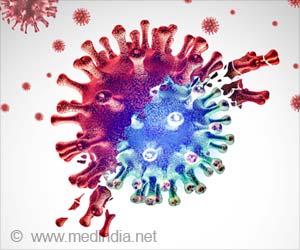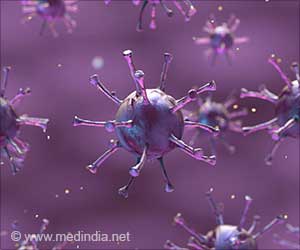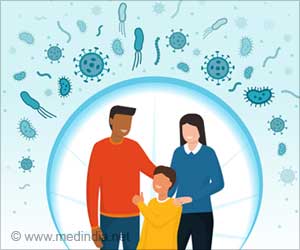The hormone estrogen in women plays a protective role by lowering the levels of the angiotensin-converting enzyme2 or ACE2 in the heart and other organs. The ACE2 is the coronavirus's cellular receptor and is responsible for allowing the virus to enter into the organs and cause infection.

‘The effect of the hormone estrogen in the expression and regulation of angiotensin-converting enzyme2 or ACE2 in the heart and other organs may explain the gender differences in COVID-19 infection and outcomes. This information can serve as a guide for the development of new therapies.’
Read More..




In an effort to understand why this occurs, scientists at Wake Forest School of Medicine conducted a review of published preclinical data on sex-specific hormone activity, especially estrogen. The review is published in the online issue of the journal Current Hypertension Reports.Read More..
"We know that coronavirus affects the heart and we know that estrogen is protective against cardiovascular disease in women, so the most likely explanation seemed to be hormonal differences between the sexes," said the lead author of the review, Leanne Groban, M.D., professor of anesthesiology at Wake Forest School of Medicine, part of Wake Forest Baptist Health.
Groban's researchers said the published literature indicated that the angiotensin-converting enzyme2 (ACE2), which is attached to cell membranes in the heart, arteries, kidneys and intestines, is the cellular receptor of the coronavirus responsible for COVID-19 infections, and helps bring the virus into the cells of those organ systems.
The review, they said, also pointed to estrogen's lowering the level of ACE2 in the heart, which may modulate the severity of COVID-19 in women. Conversely, higher levels of ACE2 in tissues could account for why symptoms are worse in men than women, Groban said.
"We hope that our review regarding the role of estrogenic hormones in ACE2 expression and regulation may explain the gender differences in COVID-19 infection and outcomes, and serve as a guide for current treatment and the development of new therapies," Groban said.
Advertisement















